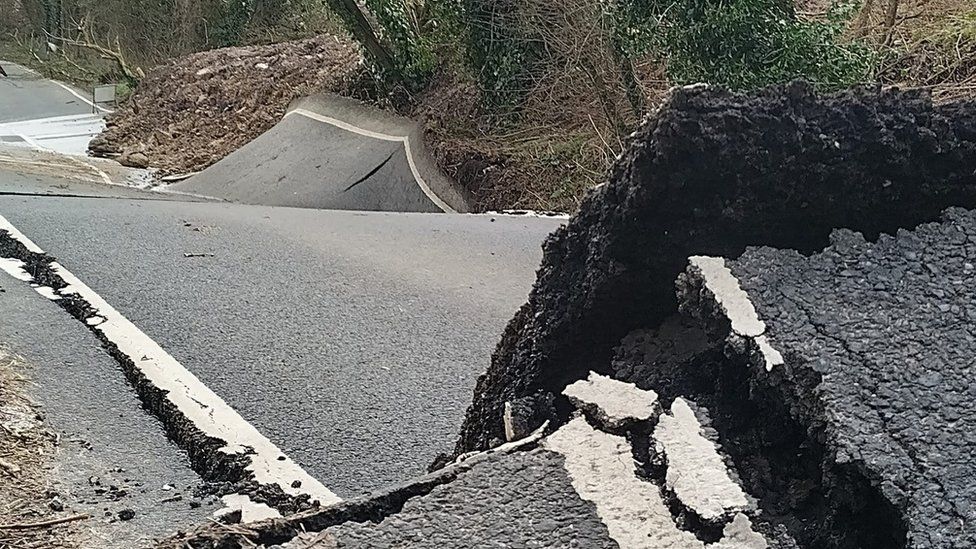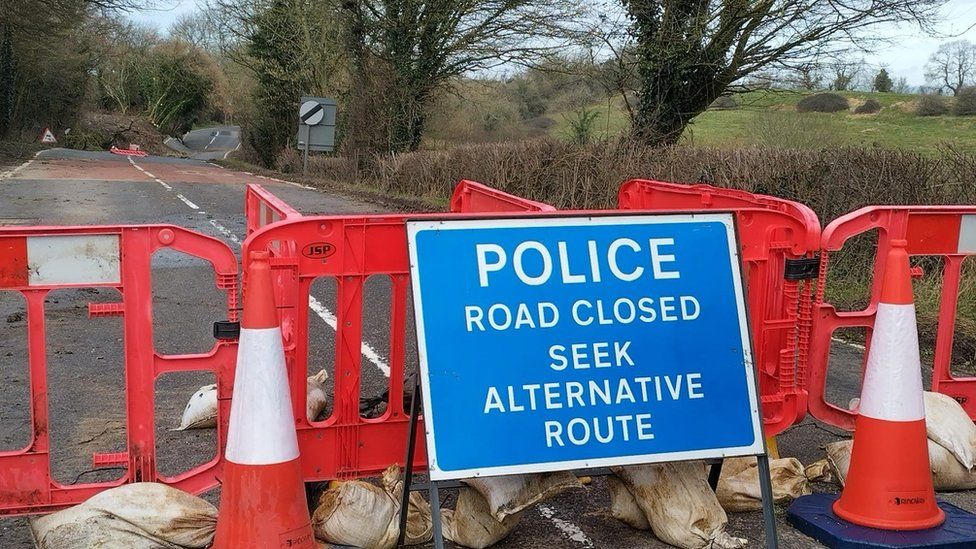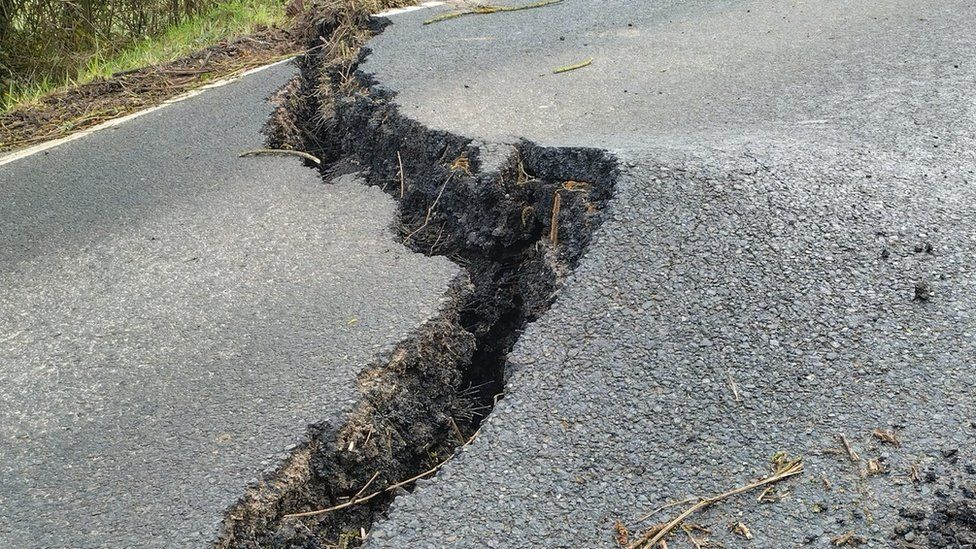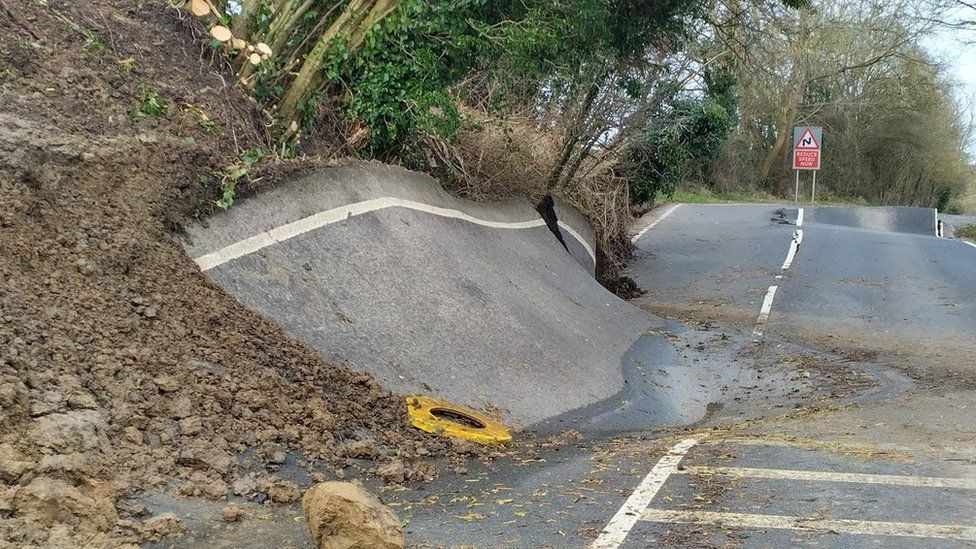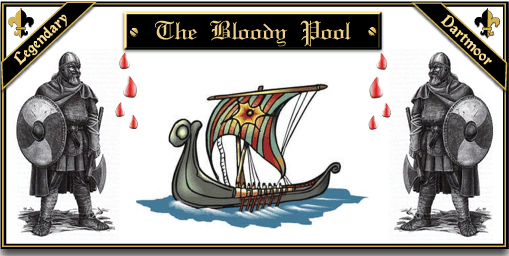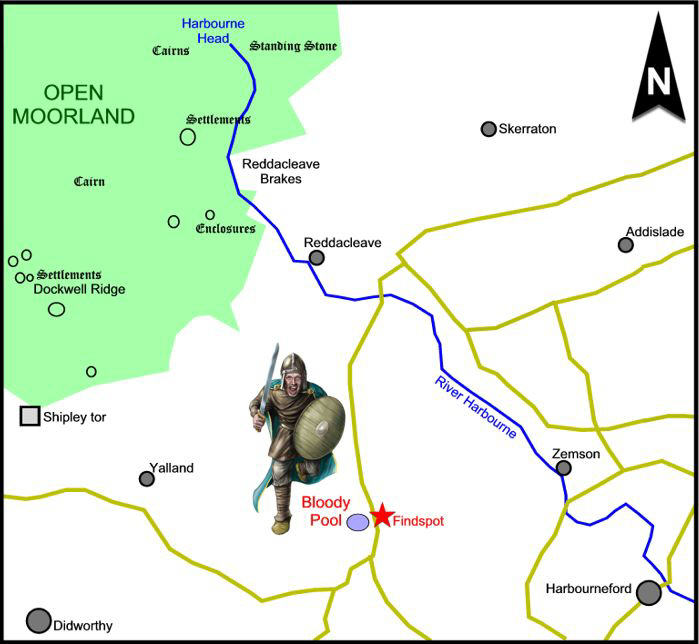Wiltshire Community History
Lyneham Search Results | |
There were 1 items found. | |
| Condensed View - Comprehensive View | |
Lyneham | |
| This page is one of 261 pages covering every community in Wiltshire, and is provided by Wiltshire Council Libraries and Heritage. A project to provide a fuller picture of each community is in progress, working on the larger communities first. When these 261, which are modern civil parishes, are completed we will begin work on a further 180 villages and hamlets to provide comprehensive coverage of Wiltshire communities large and small. | |
| From Andrews' and Dury's Map of Wiltshire, 1773: | |
| |
| Map of the Civil Parish of Lyneham: | |
1890s | |
| |
| From Andrews' and Dury's Map of Wiltshire, 1810: | |
| |
| |
Thumbnail History:
|
| Council | Wiltshire Council |
| Web Site | www.wiltshire.gov.uk |
| customercare@wiltshire.gov.uk | |
| Parish Council | Lyneham & Bradenstoke Parish Council |
| Parish Web Site | |
| Parish Email | oakhatch@btinternet.com |
| Churches: Information on both current and disused churches and chapels. Schools: Information on both current and closed schools.Photographs: If images have been added for this community they are available here.: We hold a collection of over 50,000 photographs of places in Wiltshire in the County Local Studies Library. These may be viewed at this library and copies of out of copyright material may be purchased. We can search for a picture of a building or event if you e-mail us with details. Historical Sources: A select list of books and articles is listed in 'Printed material'. You may go directly to the actual text from some of these. Printed Material: This is a select book-list for the community but in the case of a town there may be hundreds more books, pamphlets and journal articles. The full text of some items is available to view on this site. The Victoria History of Wiltshire (opens in new window) is a partnership between local authorities and the Institute of Historical Research at London University. The History of Wiltshire is now the largest county history in the country and is still growing. The volumes are divided between general and topographical with Volumes One to Five covering subjects such as prehistory, ecclesiastical, economic and political history. The Volumes from Six onwards are topographical and will ultimately provide a comprehensive and systematic history of every single town and parish in the county.(opens in new window) Explore Wiltshire's Past web site Newspapers from 1738: These newspapers covered this community at different times. Newspaper titles in bold text are either the ones you should check first for information about this community. Maps: listed are maps on which you can find this community. All maps are Ordnance Survey maps. Archaeological Sites: A Sites and Monuments Record (opens new window) is maintained by the County Archaeology Service and covers some 20,000 sites. The Wiltshire Archaeological and Natural History Society was formed in 1853 and have been publishing an annual journal since 1854. The journal contains both substantial articles and shorter notes on archaeological excavations, finds, museum objects, local history, genealogy and natural history. Folk Arts: History of Buildings: The collections of the Wiltshire Buildings Record are housed in the Wiltshire & Swindon History Centre at Chippenham. Listed Buildings: The number of buildings, or groups of buildings, listed as being of architectual or historic importance is 38.English Heritage and National Monuments Record Local Authors: There could be an author who was born or has lived in this community. Literary Associations: Some communities have featured in novels or may have been the main setting for a book. Registration Districts: If you want to obtain a copy of a birth, marriage or death certificate you can contact the local registrar. Search the Wiltshire Studies Catalogue This will take you to our library catalogue where you will need to limit to 'Wiltshire & Swindon History Centre' for branch and re-enter your search term to find books on the subject. Please enter more than one word, e.g. 'Salisbury + market' unless you are looking for a small community. Search Community Information Database Genuki Family History - Wiltshire If you have a local history enquiry, contact the County Local Studies Library |



